Karen and Karen Longneck Hill Tribe Information
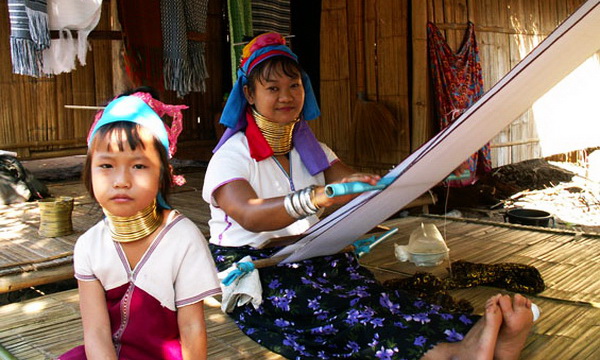
🏞️ Origins and Historical Roots
The Karen are one of the oldest and most widespread hill tribes in Southeast Asia. Their ancestry can be traced back to the Sino-Tibetan regions of southern China and Tibet. By the 12th century, they had begun migrating southward, establishing settlements in what is now Myanmar and later spreading across the mountainous borderlands into Thailand. Today, the Karen make up the largest of approximately twenty hill tribes in the region, with a population of more than seven million spread across Myanmar and Thailand.
In Thailand, roughly 400,000 Karen people live in the northern and western provinces, particularly Mae Hong Son, Tak, and Chiang Mai. Their villages are typically located at altitudes between 800 and 1,800 meters, nestled deep within forested mountains. Houses are built from bamboo or teak and raised on stilts, both as a protection against floods and to provide shelter for livestock.
🌿 Subgroups of the Karen
The Karen are not a single homogeneous group but rather a collection of diverse subgroups, each with unique cultural expressions, dialects, and traditions. Among the most significant are:
-
Sgaw Karen (Pga K’nyau): The largest subgroup in Thailand, widely known for their rotational farming techniques and distinctive weaving styles. The Sgaw language is one of the most widely spoken Karen dialects.
-
Pwo Karen: Another major branch, particularly concentrated in Thailand. Pwo Karen are recognized for their decorated textiles and agricultural skills, and they speak the Pwo language, distinct from Sgaw.
-
Karenni (Kayah): Often referred to as “Red Karen,” this subgroup traditionally inhabits Kayah State in Myanmar. Many migrated into Thailand during periods of conflict.
-
Kayan: A subgroup of the Karenni, most famous for the Kayan Lahwi (Padaung) women, internationally recognized as the “Long Neck Karen” due to their tradition of wearing brass coils around the neck.
-
Smaller Subgroups: There are also lesser-known branches such as the Pa’O and Bwe Karen, each contributing to the wide spectrum of Karen cultural diversity.
While outsiders often label all of them simply as “Karen,” understanding the differences between subgroups helps to appreciate the complexity of their cultural heritage and prevents the misrepresentation that all Karen are “long-necked.”
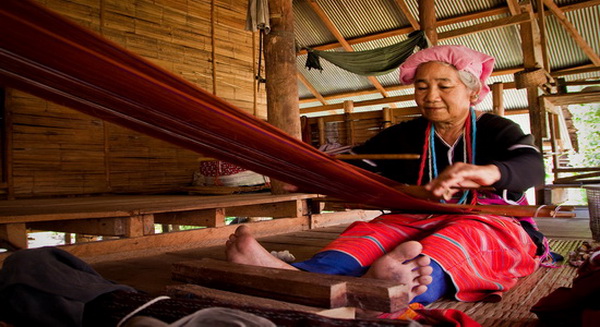
🏡 Life in the Villages
Traditional Karen villages are relatively small, often containing around 25 stilted houses. Families usually consist of parents and unmarried children, although married daughters and their families may sometimes remain in the same household. Possessions are modest—furniture is rare, cooking is done on open fires, and water for drinking and washing is drawn from nearby rivers or streams.
The Karen are often referred to as the “farmers of the forest” because of their sustainable agricultural practices. They grow rice, vegetables, and other crops largely for their own consumption, using rotational farming techniques that preserve soil fertility and biodiversity. Importantly, unlike many other hill tribes, the Karen are credited with introducing wet-rice terrace cultivation into the mountains of northern Thailand.
🌸 Beliefs, Rituals, and Spiritual Worldview
Spirituality plays a vital role in Karen culture. The people traditionally live in harmony with what they call the “Lord of the Land and Water”, maintaining rituals to honor the spirits of rocks, trees, mountains, and rivers. They also believe in guardian spirits and the human soul, which must be protected through ceremonies. This worldview encourages them to practice rotational farming without completely clearing large trees, preserving harmony with nature while sustaining their livelihoods.
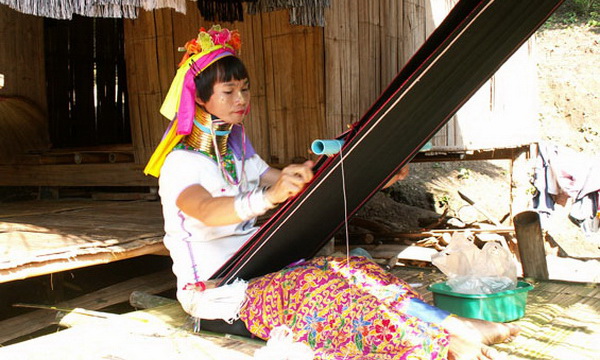
🧵 Textiles, Weaving, and Silver Craft
Karen handicrafts are highly distinctive. Their textiles are woven on back-strap looms, producing cloth that is predominantly red with vertical stripes in white, blue, or brown. Men often wear sleeveless tunics of this fabric, while women create more elaborate sarongs and blouses. Unmarried girls of the Sgaw Karen traditionally wear plain white dresses, symbolizing purity, while Pwo Karen women’s garments are more colorful and decorated.
Karen silverwork is equally renowned. Unlike sterling silver, which contains 92.5% silver, Karen silver often contains between 99.5% and 99.9% pure silver. Every piece—rings, bracelets, pendants—is handmade, hand-hammered, and chased with intricate designs. Although rarely hallmarked, Karen silver is prized for its unique brightness, weight, and craftsmanship. Each item bears the unmistakable touch of the artisan who made it, giving it both cultural and artistic value.

🐘 The Karen and Elephants: A Bond Through Generations
Few relationships illustrate the Karen way of life more vividly than their historical bond with elephants. For centuries, elephants have been companions, co-workers, and family members to the Karen and neighboring ethnic groups. In Mae Hong Son and Chiang Rai, villagers recall how elephants were once indispensable for survival—hauling logs to build houses, carrying rice during harvest, and transporting heavy goods through remote forests where no roads existed.
An elderly Karen man once described his elephant as “a child who cannot care for itself,” explaining how he bathed, fed, and healed the animal when it was sick. When his elephant died, he mourned as if he had lost a relative. This emotional connection goes beyond utility; it reflects a deep, almost familial love that has bound the Karen to elephants for generations. Today, ethical elephant tourism initiatives in northern Thailand often highlight this cultural bond, giving travelers a chance to witness and support traditions that respect both people and animals.
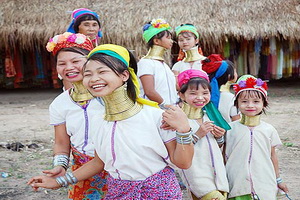

👗 Clothing and Cultural Identity
Karen clothing is rich with symbolism. Among the Sgaw and Pwo groups, unmarried women wear a long white tunic known as “Chay Kwa”, stretching from shoulders to ankles. Once married, a woman must switch to a black blouse called “Chay Mo Soo” paired with a woven tubular skirt. The transition signifies her change in social status, and once married, she is never permitted to wear the white garment again.
Men typically wear black or indigo trousers, though in provinces such as Tak and Lamphun, sarongs are common. Young men across all Karen groups wear red shirts, symbolizing bachelorhood, with varying patterns and intricacies that reflect their subgroup identity. On festive occasions such as New Year celebrations and weddings, both men and women adorn themselves in their finest clothing—often newly made for the event—showcasing bright colors, beads, and silver jewelry.
👩🦱 The Long Neck Karen: Cultural Symbol and Tourist Attraction
Perhaps the most internationally recognized image of the Karen people is the Kayan Lahwi women, often called the “Long Neck” Karen. Beginning in childhood, some girls wear brass coils around their necks, gradually adding more over time. Contrary to popular belief, the rings do not stretch the neck; instead, they push down the collarbone and ribs, creating the illusion of elongation. For the Kayan, these coils are symbols of beauty, cultural pride, and identity.
However, this tradition is not practiced by all Karen groups. It belongs specifically to the Kayan Lahwi, a subgroup of the Kayah (Karenni) people, many of whom migrated from Myanmar into Mae Hong Son during times of conflict.


✈️ Tourism, Misconceptions, and Responsible Travel
The fascination with “long neck women” has fueled tourism in northern Thailand, particularly in Mae Hong Son. While it has provided income for refugee communities, it has also drawn criticism as a “human zoo” experience—reducing women to objects of curiosity rather than acknowledging them as individuals with culture and history.
In response, community-based tourism (CBT) models have been developed. Villages like Huay Pu Keng now invite visitors to learn directly from the Kayan people—through weaving workshops, storytelling, guided forest walks, and cultural performances. This form of tourism not only provides economic support but also restores dignity by letting communities control how they present their heritage.
🤝 How Travelers Can Visit Respectfully
Visitors who wish to engage with Karen communities should follow a few simple principles:
-
Choose tours operated by or in partnership with the community.
-
Always ask permission before taking photos.
-
Buy handicrafts directly from local artisans to support their livelihoods.
-
Participate in learning experiences—such as weaving, cooking, or trekking—rather than treating the visit as a photo opportunity.
-
Understand the challenges of statelessness and refugee life, and approach with empathy rather than exoticism.
🌍 Conclusion
The Karen are far more than the image of long-necked women that adorns postcards. They are a diverse people with centuries of history, sustainable farming wisdom, spiritual traditions, and extraordinary craftsmanship. Their bond with elephants, their textiles, and their deeply symbolic clothing reveal a culture that is rich and evolving.
For travelers, the opportunity lies not in capturing unusual photographs, but in building respectful connections, supporting community-led tourism, and walking away with a deeper appreciation of the Karen’s resilience and heritage. By traveling thoughtfully, we ensure that the Karen people are celebrated not as curiosities of the past, but as living communities shaping their own future.
Karen and Karen Longneck Village in our site
- Huai Hom Karen Village (Mae Hong Son)
- Ban Mae Sam Laeb (Mae Hong Son)
- Kayan Ban Huay Pu Keng (Mae Hong Son)
- Baan Nam Phiang Din (Mae Hong Son)
- Ban Huay Sua Tao (Mae Hong Son)
- Sgaw Karen Ban Muang Pam (Mae Hong Son)
- Ban Huay Kung (Mae Hong Son)
- Pgak’nyau Ban Huay Kaew Bon (Mae Hong Son)
- Ban Huay Hee (Mae Hong Son)
- Baan Ta Ton (Chiang Mai)
- Eco-Agricultural (Chiang Mai)
- Ban Huai Tom (Lamphun)
- Ban Pa Ao and Ban Ta Khao Tom Tha Sud (Chiang Rai)


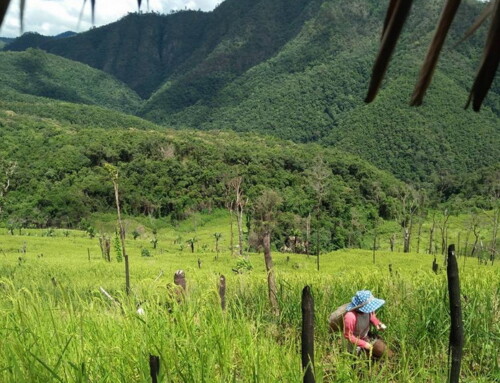
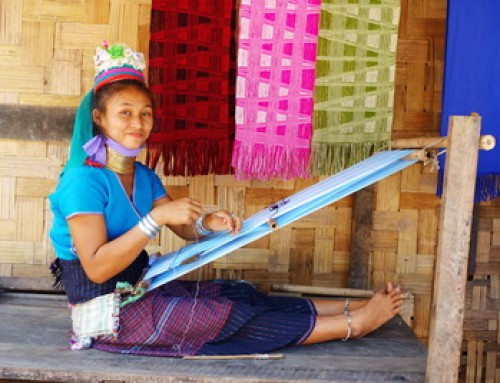






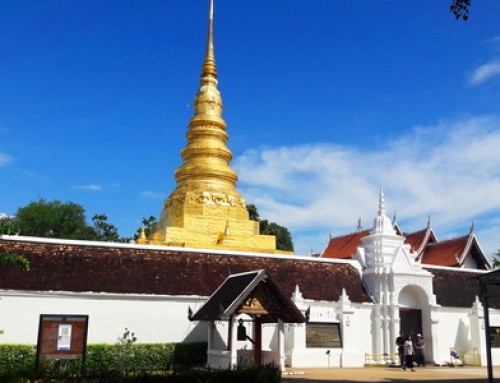
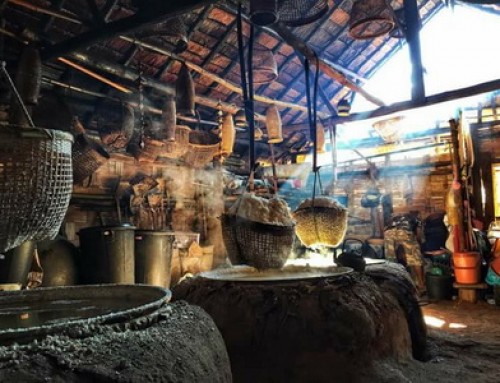
So how have Thailand elephants become something of slavery and labour work? The Karen people have been working hard to protect the elephants in Thialand and their belief is that humans and animals should respect, love and understand one another.